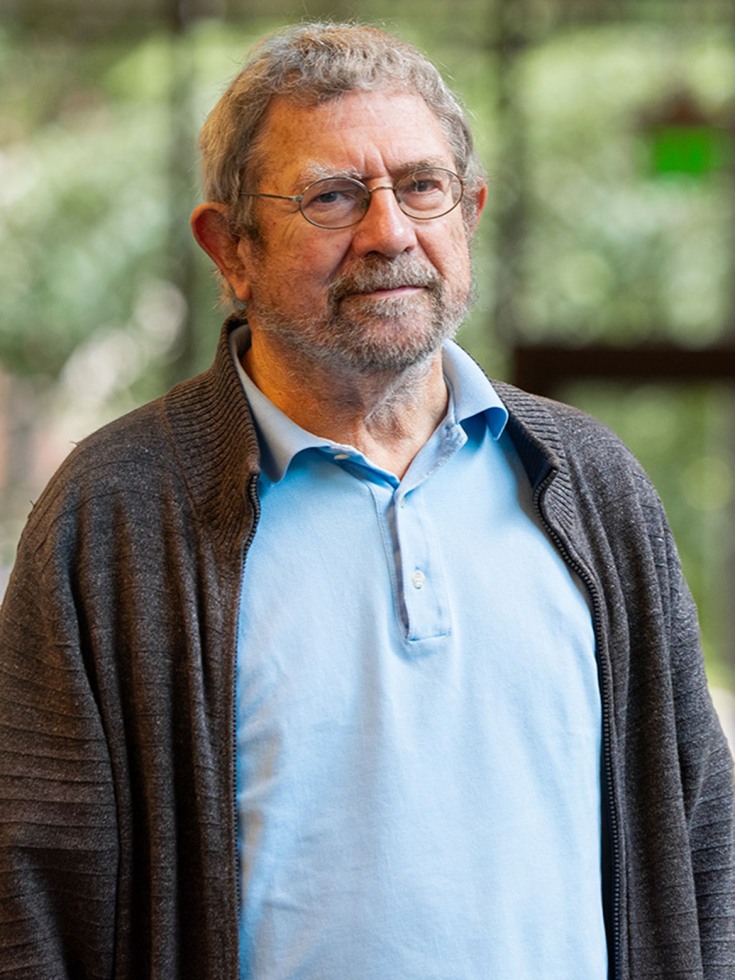PROVIDENCE, R.I. [Brown University] — The date was Oct. 4, 2016, and it felt like any other Tuesday morning in Finland. On a semester-long sabbatical from his professor of physics role at Brown University, Michael Kosterlitz was walking through a rather loud underground parking lot when he felt his phone buzz in his pocket.
The call was from an unknown number, and the voice on the other line spoke with a thick Swedish accent. What that voice told him left him quite speechless: Kosterlitz, along with David Thouless and Duncan Haldane, had just been awarded the Nobel Prize in Physics for explaining topological phase transitions in exotic states of matter.
“I could barely take it in,” said Kosterlitz, who said the work in the 1970s that led to the prize was his first foray into condensed matter physics. “My mind went completely blank for about 30 seconds. The only thing I know I said when I finally could talk was, ‘Jesus!’”
Seven years later — with the Nobel Prizes for 2023 set to be announced from Oct. 2-9 — Kosterlitz is more gracious and composed in talking about the honor and what it meant to him. At the time, however, the theorist known for his low-key and humble demeanor remembers wanting to get back to normal as soon as possible after the litany of press conferences, interviews, public lectures, seminars and other appearances mounted.
“Life is much quieter now,” Kosterlitz said. “The experience was all tremendous, but a lot of it just wasn't me so I was actually quite relieved when it was all over. For a couple years, there was this frenzied round of giving talks. I started traveling from pillar to post. Those years passed in a haze for me, and now I just can't remember the places that I went to. One day I’d be giving a seminar in Paris and three days later, I’d be in the U.S. and then in Italy. I was all over the place. I was very much in-demand.”
